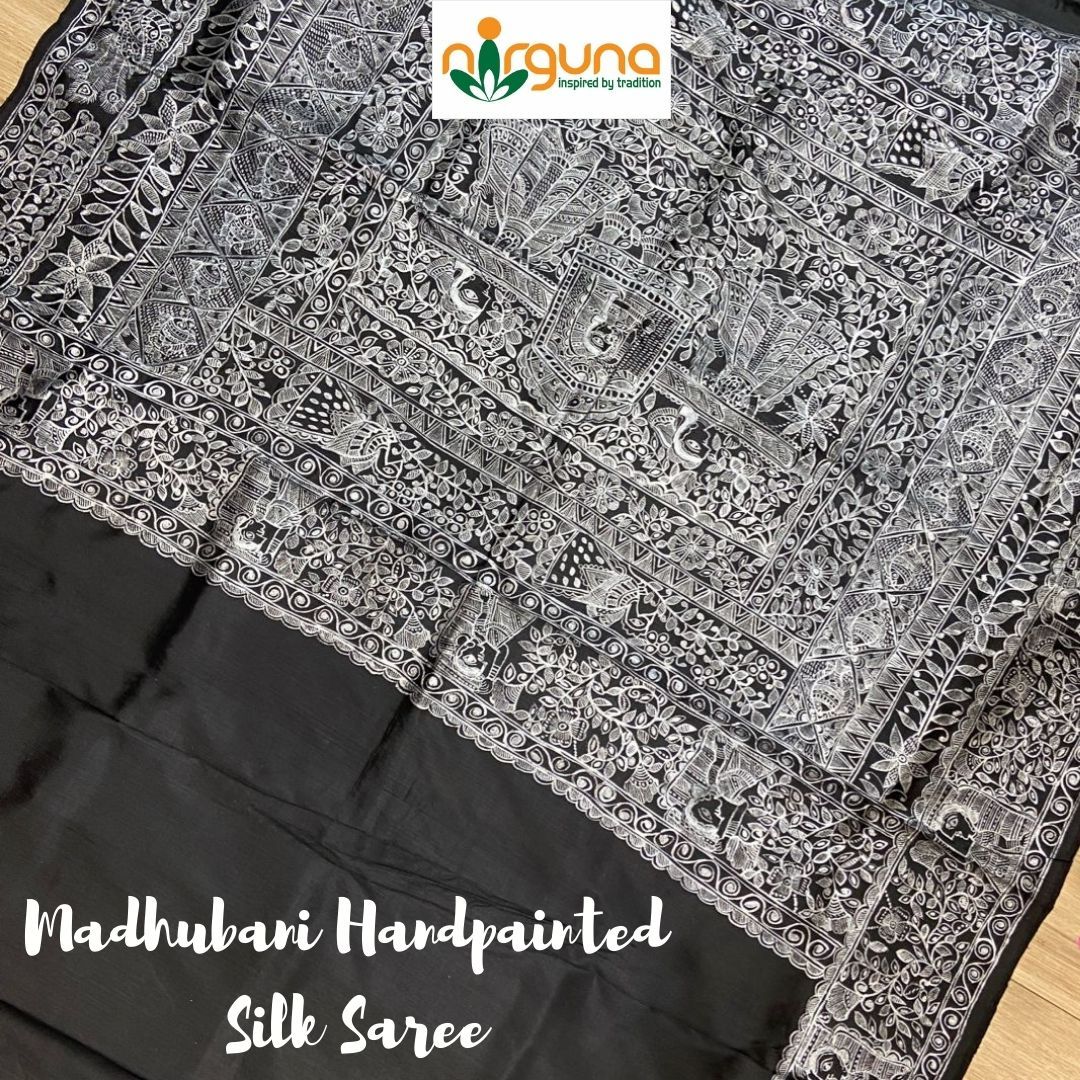
Art represents and expresses emotions, inspirations, situations and cultures. India has countless ancient art forms that represent and reflect the culture, traditions and emotions of the tribes, regions and artists who practise these forms. One such ancient art form is the Madhubani Art. Madhubani Art or Mithila Art emanates from the Mithila region and is widely practised in Nepal and Bihar in India.
Madhubani art , dating back to 2500 years, is one of the most prominent ancient art forms of India. It is believed that Madhubani art has roots in Ramayan, a major Sanskrit epic of ancient India. According to one tale, King Janaka requested artists from his region to capture and celebrate his daughter, Sita’s marriage with Lord Ram. The artists, many of whom were women of the village, painted the walls and floors with bright colours; these paintings came to be known as Madhubani paintings or art. To this date, Madhubani art is practised by women of these regions on festivals and special occasions as a part of their rituals.
To the people of Madhubani and Mithila, Madhubani art has been a tradition passed on from generation to generation. However, it was only in 1934 that Madhubani Art was brought into the spotlight of people outside this region by William G. Archer, a British colonial officer. The meticulous technique and process Madhubani painting is portrayed by complex geometric patterns using bright colours. What makes this art form standout is the use of twigs, fingers, match-sticks, nib-pens, feathers and bamboo brushes. The artists use natural dyes, made manually by artisans from natural sources like turmeric and banyan leaf milk, indigo, Kusum flower, rice powder, Palash flower, Aparajita flower, sandalwood and so on. Although practised by both men and women artisans Madhubani art has historically been dominated by women.
The Madhubani paintings traditionally feature the Hindu deities like Rama, Krishna, Shiva, Saraswati, Lakshmi, Durga in their paintings. The paintings also feature natural objects like the sun, moon, trees and plants specially tulsi. To make the art more alluring, the artists use monograms of geometric patterns, flowers, birds. Traditionally showcased on walls, floors and cow dung paper, Madhubani paintings now use canvas as well as various fabrics like cotton and silk. Current clusters doing this technique The Madhubani district of Bihar in India is home to some of the best Madhubani artists. The villages of Ranti in Bihar, Kalakriti in Darbhanga, Vaidehi in Madhubani, Benipatti in Madhubani district have contributed tremendously to preserving this ancient art form. The women of this region and some parts of Nepal have mastered this art. The art and artists are in no way restricted to these regions.
Madhubani paintings have been loved by people all across the world. Acclaimed artists like Sita Devi, Jagdamba Devi and Bharti Dayal have played pivotal roles in taking the Madhubani paintings to the global stage. The unique tales depicted by these paintings have found admirers in countries like the USA, Japan, the UK, Russia and Australia.
Nirguna Handloom has been working towards providing a platform for local artists, weavers and artisans of India in an effort to take the beautiful art forms of India to a larger audience. We help document how culturally significant art forms like paintings, embroideries etc have evolved over the past few years and establish training channels to revive the lost forms. Nirguna collaborates with local village artisans and weavers and helps market their alluring work. We aim to elevate the art and livelihoods of artisans. All our Madhubani hand painted sarees, dupattas and stoles are done by the women artists of Madhubani region in Bihar.